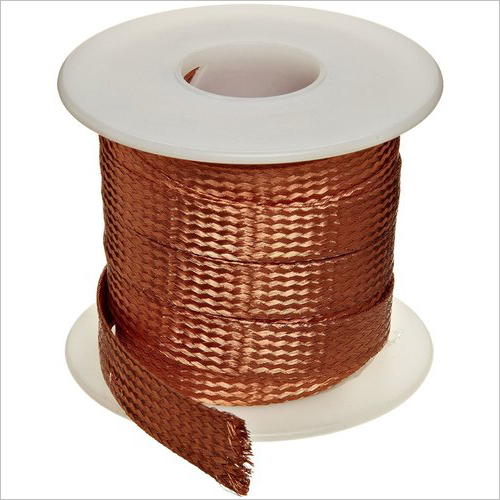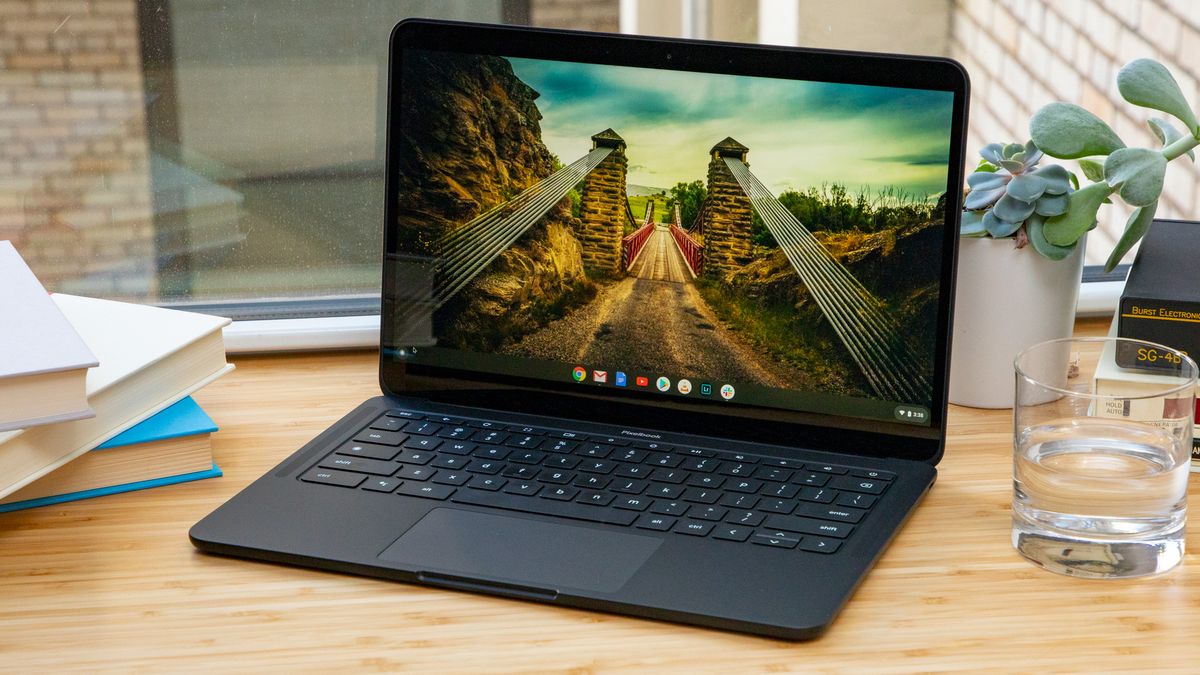In the ever-evolving realm of materials science, there’s a gem that has taken the spotlight: PI metallized films. Polyimide (PI) metallized films combine the exceptional properties of polyimide films with the added advantage of a thin metallized coating. This innovative marriage of materials has led to a diverse range of applications that span industries like electronics, aerospace, automotive, and beyond. In this blog, we’ll delve into the fascinating world of PI Metallised Film, exploring their attributes, applications, and the exciting potential they hold.
The Fusion of Strength and Conductivity
PI metallized films are the result of a strategic integration of two essential elements: polyimide films and thin metallic coatings. Polyimide films, known for their outstanding thermal stability, mechanical strength, and dielectric properties, serve as the foundation. On top of this robust foundation, a thin layer of metal – often aluminum or copper – is deposited through advanced techniques like sputtering or vapor deposition.
Attributes that Set the Stage
- Thermal Stability: The inherent heat resistance of polyimide films, combined with the metal layer, creates a material that can withstand extreme temperatures. This quality makes PI metallized films ideal for applications that involve high-temperature environments, such as aerospace components and automotive electronics.
- Conductivity: The addition of the metallic layer imparts electrical conductivity to the film, allowing it to be used in various electrical and electronic applications. This feature is particularly valuable in scenarios where both mechanical strength and electrical connectivity are crucial.
- Flexibility: Despite the presence of a metal coating, PI metallized films retain the flexibility and pliability that is characteristic of polyimide films. This flexibility ensures that the material can be shaped, bent, and molded to suit different design requirements.
- Weight Efficiency: PI metallized films offer a lightweight alternative to traditional metal components, making them suitable for applications where weight reduction is essential without compromising on performance.
Applications that Soar
- Flexible Printed Circuits (FPCs): The combination of polyimide’s flexibility and the conductive properties of the metal coating makes PI metallized films an ideal choice for FPCs. These circuits are widely used in electronics, such as smartphones, cameras, and laptops.
- Aerospace and Aviation: The thermal stability and electrical conductivity of PI metallized films find extensive use in aerospace applications. They are utilized for thermal blankets, electromagnetic shielding, and as insulating materials in satellites and spacecraft.
- Automotive Electronics: In the automotive industry, PI metallized films play a pivotal role in sensors, circuitry, and engine control units. Their ability to endure extreme temperatures and maintain electrical performance makes them a preferred choice.
- Energy Storage: PI metallized films are employed in energy storage devices like capacitors and batteries due to their high dielectric strength and conductivity. These films enhance the efficiency and safety of energy storage systems.
The Path Ahead
As technology advances and new applications emerge, the potential of PI metallized films continues to expand. Researchers are exploring ways to further enhance the film’s properties, such as optimizing the metal coating thickness and exploring new deposition techniques. From space exploration to consumer electronics, the adaptability and capabilities of PI metallized films are igniting innovation across various sectors.




